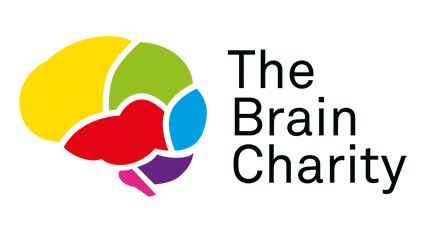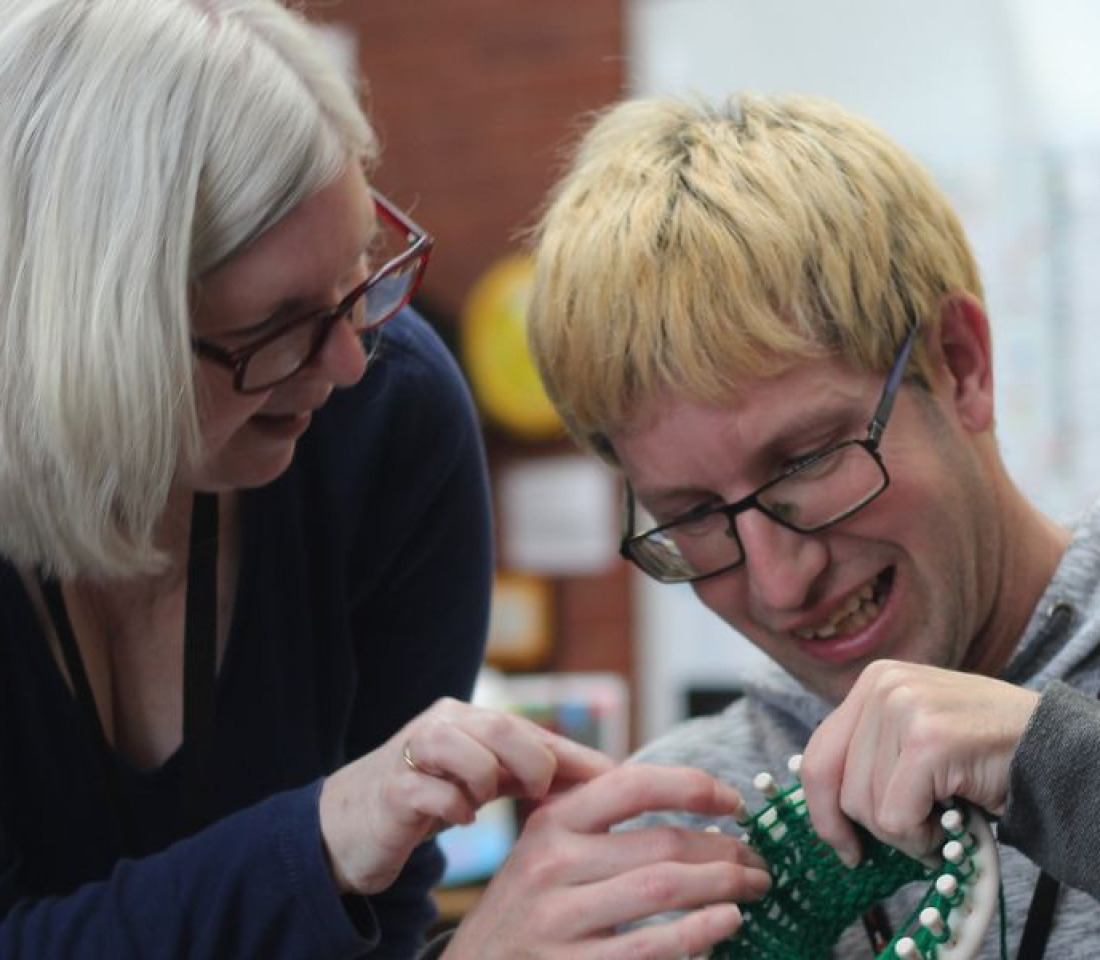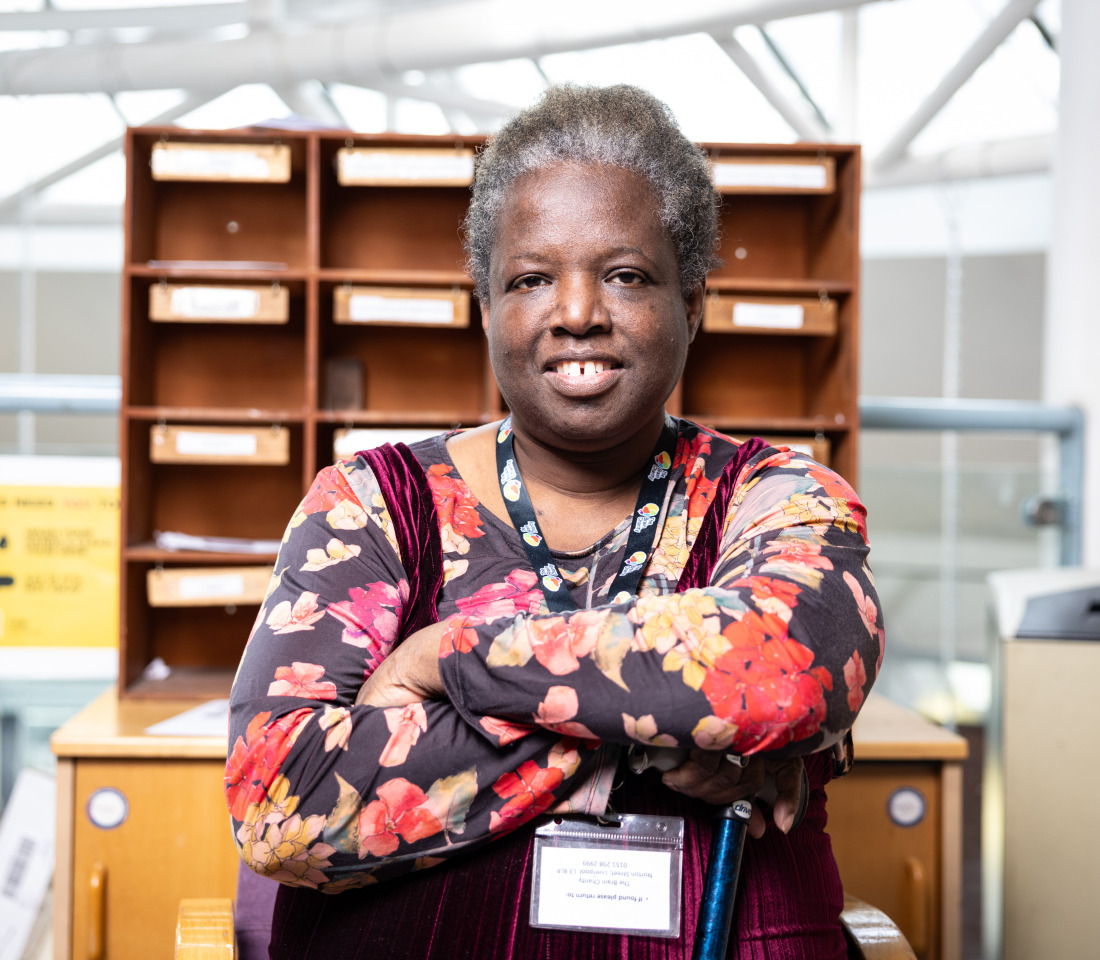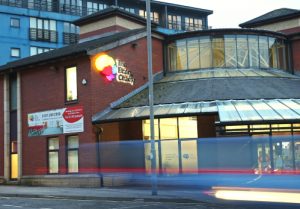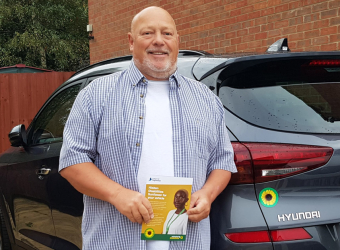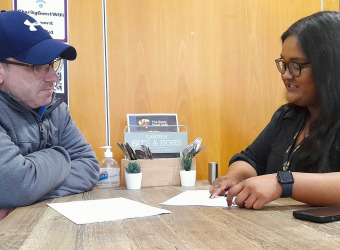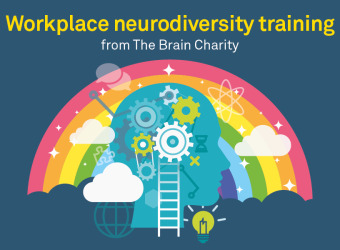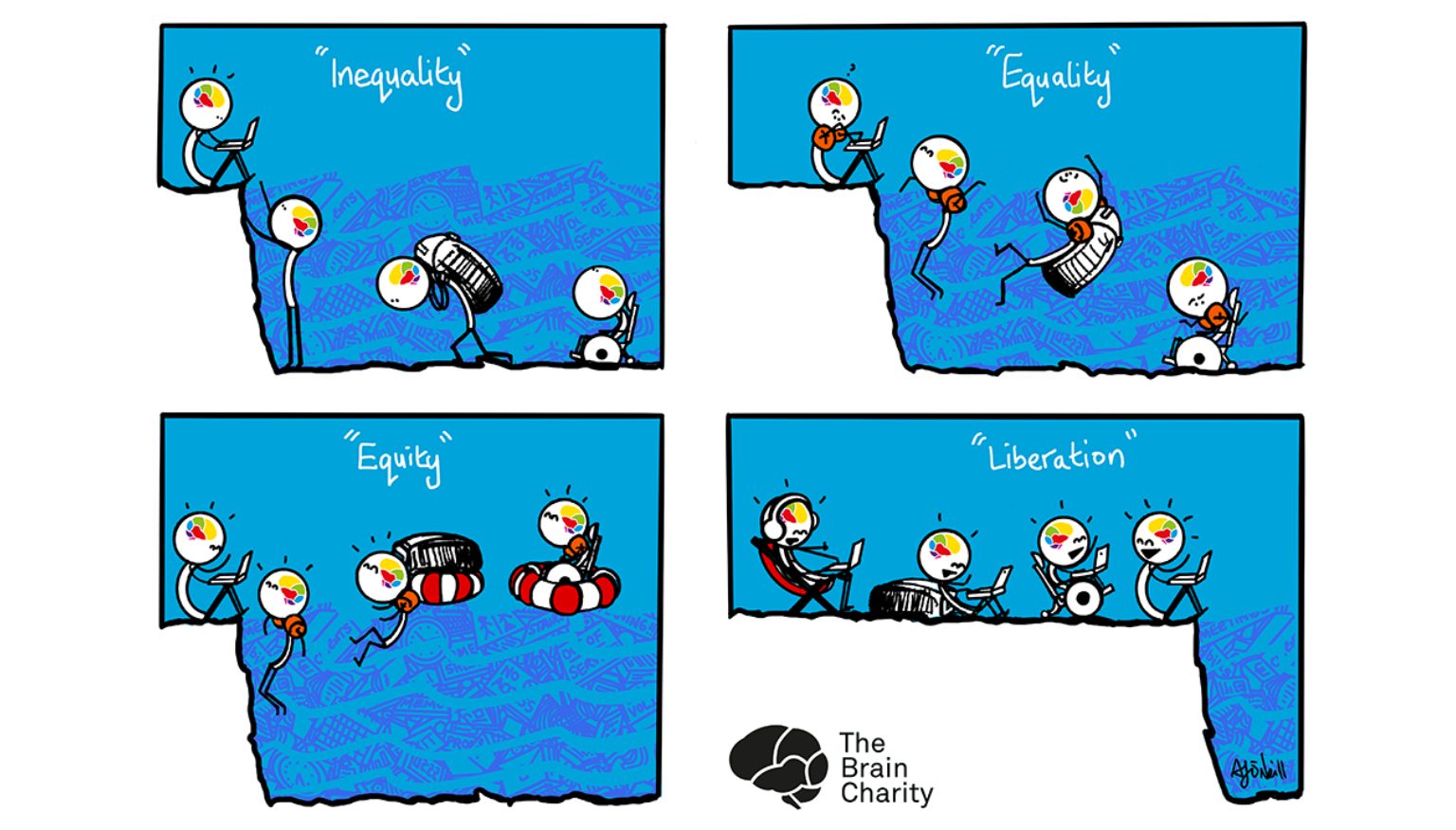
Rethinking fairness: A new look at equity and hidden disabilities
Making the invisible visible: Equity reimagined through illustration
You might remember the classic equity vs. equality graphic from school or university: three people of different heights trying to watch a football match over a fence, each standing on boxes of varying sizes. Another version shows people using ladders of different heights to reach a juicy red apple hanging from a tree. These visuals aim to show that fairness isn’t always about people receiving the same thing. Indeed, fairness looks different, depending on which concept of fairness you use.
This distinction lies at the heart of the difference between equality and equity. Equality means treating everyone the same, offering identical resources or opportunities. But it doesn’t account for the unique challenges each person may face. Equity, on the other hand, means tailoring support to meet individual needs. To someone unfamiliar with the particular needs people have, equity might even look like an unfair advantage.
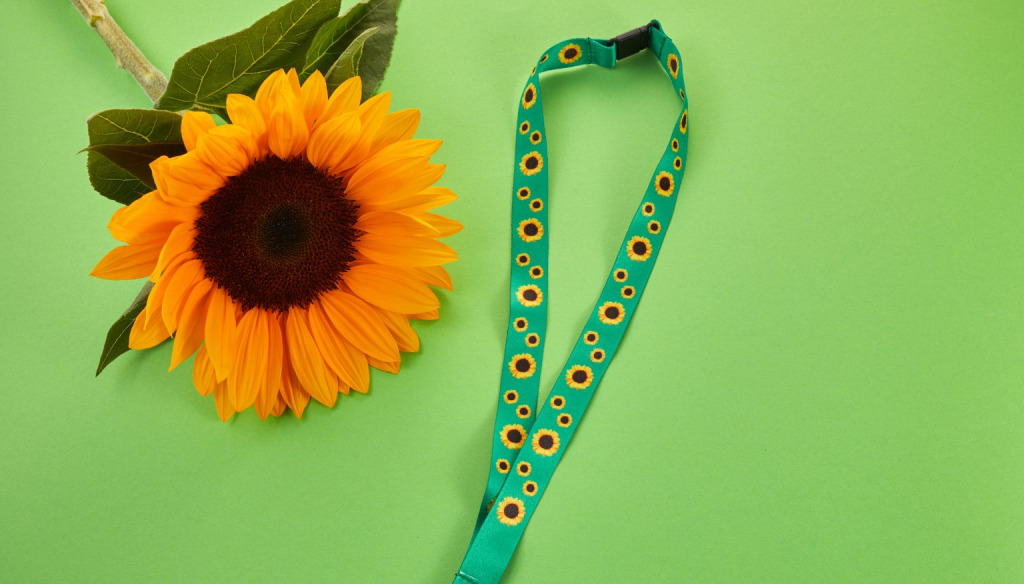
In striving for fairness, we often assume we can see someone’s disadvantage. In the original graphics, that’s represented by physical height. But what happens when the barriers aren’t visible?
At The Brain Charity, we support people with neurological conditions, like brain tumours, epilepsy, and various forms of dementia – none of which you may see immediately by looking at people. We also raise awareness of neurodivergence through our specialist neurodiversity training, delivered by associate trainers with lived experience. Neurodivergences are not recognisable from the outside, nor can we know what different sensory or processing challenges people are facing. Some people self-identify as neurodivergent without a formal diagnosis, often due to long waiting times or systemic barriers.
That’s why we felt it was time to reimagine the equity/equality graphic to include hidden disabilities. We teamed up with illustrator AJ O’Neill to create a new visual that reflects this reality.
To create the illustration, one of our associate trainers, Greg, shared a powerful example. As a student, he worried he wouldn’t remember his daily schedule, so he carried every textbook for the entire week to every class. It was a heavier load than any other pupil carried – just to keep up.
In our updated graphic, people are floating in a sea of tasks. In the inequality version, no help is offered. In the equality version, each character receives the same orange armbands. But for some, like people using wheelchairs, or those carrying heavy backpacks symbolising invisible cognitive loads, that support isn’t enough. In the equity version, each person receives a flotation device suited to their needs. And in the final stage – liberation – everyone is on dry land, no longer overwhelmed, enjoying themselves.
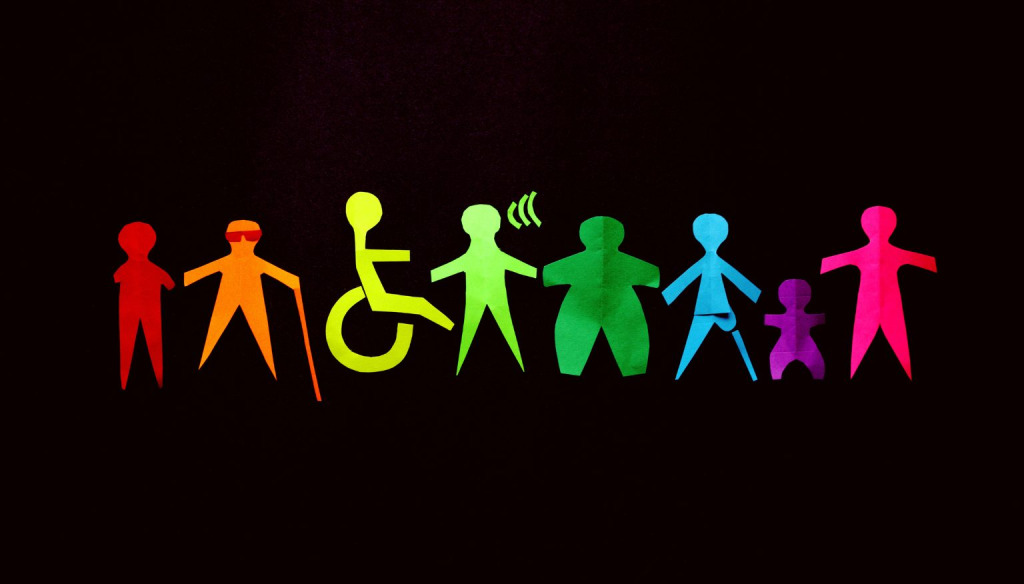
When disabilities are visible, it’s easier to recognise the need for support. But for those with hidden conditions, the burden may be just as heavy – even if you can’t see it.
Categories: Neurodiversity, News
Published: 20 October 2025
